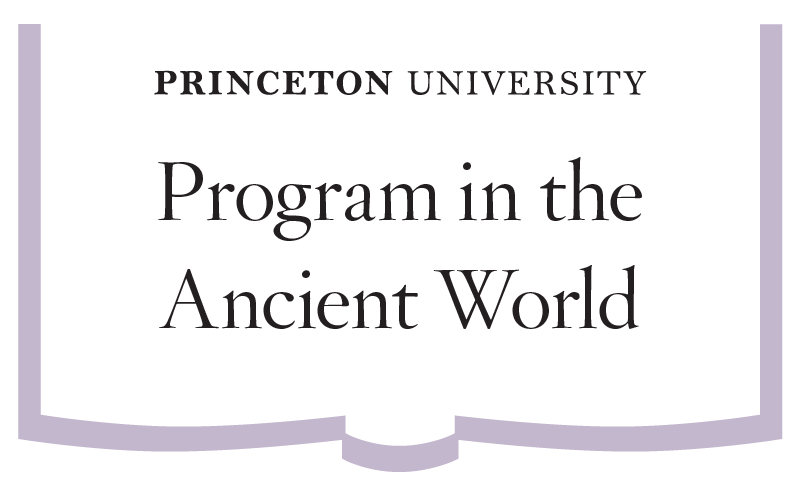Michael Koortbojian’s scholarship has focused not only on various aspects of Roman art, but on its study by Renaissance antiquarians. His publications include investigations of Roman sarcophagi, the relationships between texts and images, the role of historical imagery as an aspect of ideology, as well as the rise of the systematic study of the Classical past, and, in particular, the early collecting of ancient inscriptions as an aspect of a new Renaissance conception of historical method.
Prior to coming to Princeton, Koortbojian was the Nancy H. and Robert E. Hall Professor in the Humanities at Johns Hopkins, a position that followed over a decade of teaching at the University of Toronto.
Koortbojian has been a fellow of the Warburg Institute in London, Kings’ College Cambridge, and the American Academy in Rome, and he has been awarded research grants by the Kress Foundation, the British Academy, the Mellon Foundation, and the Social Sciences and Humanities Research Council of Canada. He is currently on the executive committees of a number of Princeton programs: the Committee for the Study of Late Antiquity, the Program in the Ancient World, and Italian Studies. He has served as a member of the advisory board of the Center for Advanced Study in the Visual Arts at the National Gallery in Washington, the editorial board of the Art Bulletin, and as a consultant for the John T. and Catherine D. MacArthur Foundation, the Kress Foundation, and the Social Science Research Council of Canada.
At the undergraduate level, Koortbojian offers courses on the full array of Roman art—sculpture, architecture, and painting—as well as a seminar on portraits and a lecture course on Hellenistic art. Graduate seminars span the same subjects, although these are directed toward specific themes, e.g., historical relief, the problem of copies, provincial monuments, late Roman sculpture, and funerary art.
Koortbojian is at present working on a book devoted to the representation of space in Roman relief sculpture and the formative role of this problem in the historiography of Roman art.













